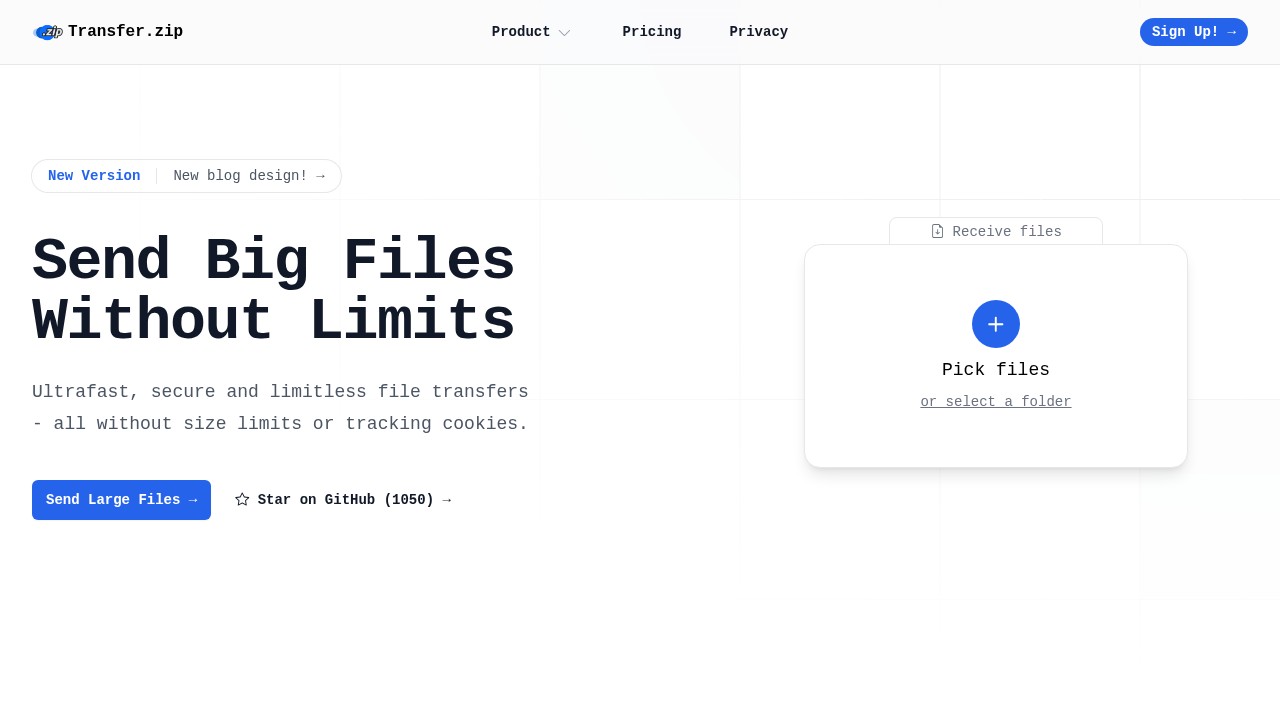How to Send Large Audio Files Online Easily
If you ever tried to email a long podcast episode or share a big music track with a friend, you know sending large audio files online is a real headache. Email services have small limits, and many file sharing sites cap you at 2GB, sometimes even less. But audio professionals, students, and anyone who works with media need a way to send files way bigger than that.
Luckily, there are simple and safe ways to transfer big audio files, even if it's hours-long interviews or lossless studio tracks. Let’s look at why this matters and how you can do it without slowing down your workflow or losing your mind.
Why Size and Privacy Matter for Audio Files
Audio files may look small, but high-quality recordings, uncompressed formats (like WAV), or multi-hour content can reach several gigabytes fast. For example:
- Musicians or producers sending full studio sessions to collaborators
- Podcasters sending unedited recordings to editors
- Students sharing class lectures or language lessons
- Teams working remotely on movies or games
Besides size, privacy is a big deal. Many sharing services track users or keep copies of your file longer than you want. This can be risky, especially with sensitive work or personal voice messages.
Best Ways to Send Large Audio Files
Here’s a breakdown of the most-used methods in 2025:
1. Transfer.zip
Strengths
- No file size limit: Great for huge audio files, even those over 100GB.
- Privacy-focused: No tracking, uses AES-256 encryption, and doesn’t save files longer than you want.
- Flexible sharing: Send links, emails (to up to 200 at once), or even create “Quick Share” to stream files directly between devices.
- Free option: “Quick Share” mode is always free with no size cap; files exist only as long as your browser tab is open.
- Good control: You can control link expiry, tracking (see when files are viewed or downloaded), and disable links anytime.
- Special tools: Zip/unzip files in your browser and convert image files if needed.
Weaknesses
- Long-term storage: Free accounts don't save your files after your browser closes. For storage up to a year, you need a paid plan.
- Newer service: Not as widely known as Google Drive or Dropbox yet.
Why pick it? If you want fast, private transfers with no size limits, especially for really big audio files, Transfer.zip is a strong choice. Reviews mention it “just works” and doesn’t have annoying popups or bottlenecks.
2. MASV
Website: MASV - Large File Transfer
Strengths
- Handles up to 15TB per file and is very fast.
- Designed for professional video and audio workflows.
- Easy to use with drag and drop.
Weaknesses
- Only 30 recipients per upload (vs 200 at Transfer.zip).
- Mostly built for media pros, may be pricey for casual users.
- Requires creating an account for most features.
3. Google Drive
Website: Google Drive
Strengths
- Free with Google account (15GB storage).
- Simple sharing by link or email.
- Seamless with other Google tools.
Weaknesses
- 15GB limit means big audio files can fill it up quickly.
- Slower transfer speeds for large files.
- Not as private (Google does scan content for some reasons).
4. Dropbox
Website: Dropbox
Strengths
- Reliable cloud sharing, simple interface.
- Paid plans allow up to 2TB storage.
- Good for team collaboration.
Weaknesses
- Free account only 2GB.
- Web upload cap is 50GB per file.
- Requires recipient to also have Dropbox for some features.
5. WeTransfer
Website: WeTransfer
Strengths
- No account needed for basic use.
- Fast and clean UI.
Weaknesses
- 2GB limit on free accounts, 200GB on Pro.
- Link history not saved unless you register.
- No real privacy features.
6. OneDrive
Website: OneDrive
Strengths
- Built into Microsoft 365.
- 5GB free, up to 6TB paid.
- Integrates with Windows.
Weaknesses
- Free storage fills up fast.
- 250GB per file upload limit.
Tips for Sending Large Audio Files
- Compress before sending: Use ZIP or RAR tools, or even Transfer.zip’s built-in zipping.
- Check file format: MP3 or AAC are smaller than WAV or FLAC, but have less quality.
- Set a password or expiration date: Avoid old links lying around.
- Notify recipients: Let them know a big download is coming so it does not end up in spam.
FAQ
How can I reduce the size of my audio file before sending?
Try compressing it with a tool like 7-Zip or WinRAR, or change it to a lower bitrate MP3.
Is sending large files over email possible?
Not really. Email services limit attachments to 10-25MB, which is too small for most big audio projects.
Are cloud drives safe for sharing private recordings?
Some are safer than others. Always check the privacy policy and enable link expiration or passwords if available.
What is the fastest way to transfer big files?
Peer-to-peer tools or dedicated transfer services like Transfer.zip’s Quick Share are usually faster than cloud uploads for very big files.
How long do files stay online with these services?
It depends. With Transfer.zip, files can stay up to a year with a paid plan, or just as long as your tab is open with Quick Share. Others like Google Drive or Dropbox keep them until you delete them.
It is always annoying to get stuck by size limits or privacy problems when you really need to send a big audio file. Tools like Transfer.zip make it easy and safe, especially if privacy and no-limits are what you want. Choose the service that matches your need and never stress again about sending big files.
You can try Transfer.zip free for instant, private audio sharing here: https://transfer.zip/
